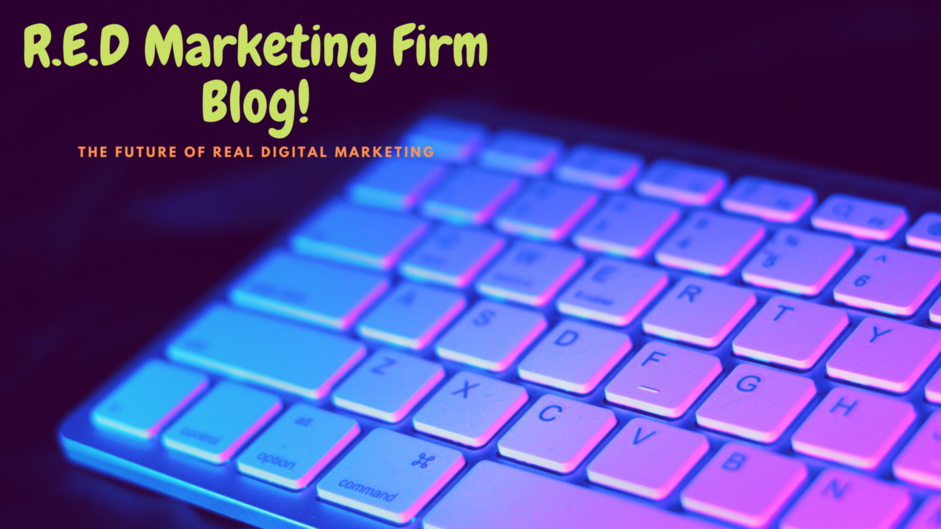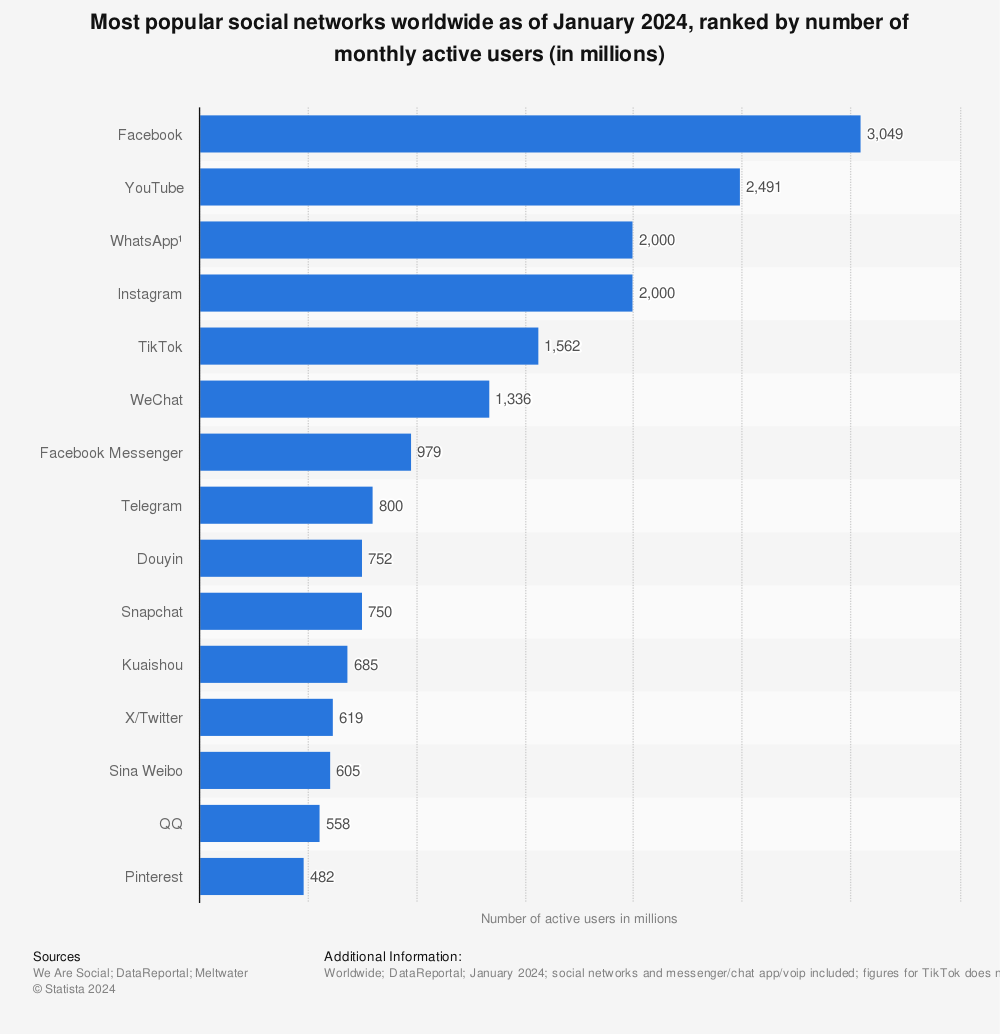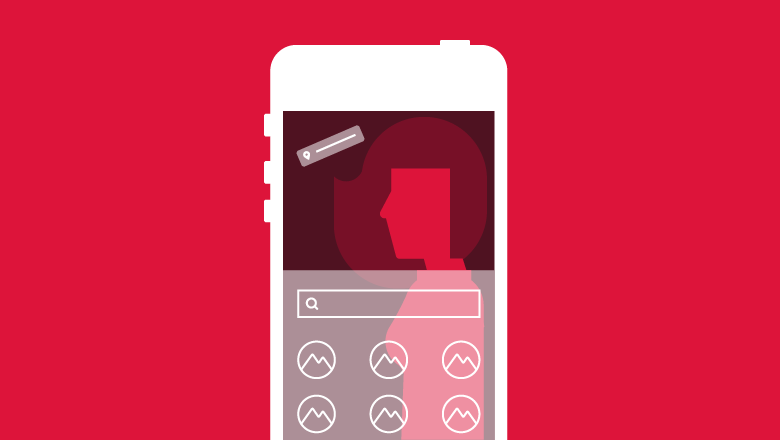As a marketer, you have so many routes to pursuing your goals of generating brand awareness and getting more and more customers in the pipeline. There are so many different strategies and platforms to test for your brand, and multichannel marketing is just one of the ways you can manage your presence across them.
Multichannel marketing is a strategy that allows you to go after your customers and build your brand across many different platforms and utilizing many different tactics.
In this post, we’re going to cover exactly what multichannel marketing is and what sets it apart from other types of marketing as well as how you can create a successful multichannel marketing strategy.
Let’s dive in.
What is multichannel marketing?
As the name suggests, multichannel marketing focuses on marketing to your audience across multiple channels, both online and offline. By using this strategy, you create a consistent presence across the board and are able to reach your target audience in a number of places.
However, even by doing this, your marketing presence and strategy must still remain cohesive. You shouldn’t have team members focusing on different platforms without speaking to one another about the overall goals and objectives.
Instead, while you do want to cater the messaging to each platform (you’ve heard it before, but the same messaging will not work on Twitter, Instagram and TikTok), you still need to have a strategy that makes sense. You’re targeting the same audience, so you want to keep this in mind and build a coherent and complementary strategy with your approach to each platform.
There are three main ways to approach marketing that uses multiple channels:
- Multichannel marketing: This involves reaching customers using multiple channels, each with their own catered messaging, but uniform strategy.
- Cross-channel marketing: This type of marketing targets a set of customers across selected channels that share customer data, enabling seamless interactions across multiple channels simultaneously.
- Omni-channel marketing: Frequently used for ecommerce, this type of marketing focuses on creating a personalized experience for customers that’s shared across all channels.
Why is multichannel marketing important?
There are so many different channels that you can find your audience on, and that number is growing every single day.
Going back to traditional marketing channels like billboards, postcards, flyers, networking and the like, having the same messaging for your campaign was essential. Brands like Nike would be running the same messaging and promotions on their billboards, store signs, bus ads and more.
Now, there are several different yet equally important digital marketing channels such as Facebook, Twitter, Instagram, YouTube, LinkedIn, Messenger, TikTok and more. And there are likely going to be even more channels your audience will be on in the future.
Focusing on a single channel means you miss out on so many other customer opportunities. Plus, multichannel customers spend 3-4 times more than single-channel customers do, meaning the time investment into getting this strategy right is absolutely worth it.
Ready to learn how to create a successful multichannel marketing strategy? We’ve got a five-step plan for you.
How to create a successful multichannel marketing strategy
Multichannel marketing doesn’t have to be overwhelming. We’ve put it into five simple steps for you below so that you can get your team started quickly and easily.
1. Define your buyer persona
The most important part is step number one – defining your customer or buyer persona. Knowing specifically who you’re marketing to and what their pain points are is absolutely essential to beginning a successful strategy.
And this is even more so the case when it comes to multichannel marketing. With this type of marketing, you have to strategically choose the platforms or channels that your brand is going to utilize most. And you can only do that by knowing exactly who your target customer is and where they spend their time, both online and off.
Furthermore, understanding your audience’s personality and what their interests are helps you to cater your messaging to a brand voice that they’ll find relatable and be more interested in listening to.
2. Pinpoint the channels that will be part of your strategy
The next step is nearly as crucial as the first. Which channels will you be focusing on? To get an idea of what would be best here, you need to have a firm grasp on social media demographics and the behaviors of your target audience that you previously identified.
You can choose both online and offline channels to pull into your multichannel marketing strategy, so be sure not to discount some traditional marketing avenues. This can consist of hosting conferences or virtual events, putting ads up on billboards or busses, sending out direct mail, and more.
But you also need to determine which social media sites your audience is most likely to be on based on their age, gender they identify with, income and interests. Don’t forget that your website and blog are also considered channels that you can – and absolutely should – utilize.
Put together a list visualizing the entire scope of your multichannel marketing strategy so that you and your team know exactly which platforms and avenues to focus on so nothing gets lost in the fold.
3. Create your messaging
Once you’ve determined the channels you’ll be utilizing, it’s time to start crafting your overall messaging. Not only should this be directed towards your buyer persona, but it should also be specifically catered towards each of your different channels.
You still need to have a cohesive presence, but you shouldn’t be copying and pasting the exact same content for each channel. Instead, utilize the same strategy or approach, while still making your content and messaging make sense for the platform you’re using.
This can appear in a few different ways.
First, you can share the same piece of visual content across all of your platforms and simply resize and rework the design to fit each of the optimal social media image dimensions. Make it horizontal for Facebook and Twitter, square for your Instagram feed, and vertical for stories.
When using this method, it’s totally fine to utilize similar visual content in your multichannel marketing campaigns, however you absolutely must switch up your caption or accompanying copy so it fits the platform you’re sharing the content to.
For example, Netflix publishes a variety of content across channels, sometimes repurposing imagery or video, and other times leaning into the strengths of a specific platform. This might include longer format videos on Facebook, quick updates and fan Retweets on Twitter, and meme-driven, faster paced TikToks.
The voice you use in your tweets is not the same voice you use on a more business-oriented platform like LinkedIn. And your content will seem out of place if you try to make the exact same copy work across the board.
The next option is to create an overarching campaign or promotional plan with guidelines for your brand’s multiple channels, but create completely different content for each platform.
This is a great way to create refreshing content that your audience hasn’t seen a million times. If you have people following you on multiple platforms, you don’t want to be putting the exact same content in front of them from every angle.
4. Integrate your channels together
This takes the last section a step further. While you should have your overall messaging ideas crafted, this step is required to ensure the overall experience on every channel that your customer hears from you is cohesive and works in harmony.
One way to do this is by using a single publishing platform for all of your social media content so you can see exactly what will be going live when. This is a good tactic for staying on top of your messaging and ensuring each platform is on the same page.
5. Determine your key performance indicators (KPIs)
The final task you need to take care of is to decide what each of your KPIs are for your multichannel plan and how you and your team are going to determine whether the campaign has been a success.
Because multichannel marketing campaigns encompass a wide range of platforms and marketing avenues, there are seldom KPIs that you can use across the board. However, you can pick and choose platform-specific KPIs that help you determine whether your efforts are working or if you need to switch up your strategy, your messaging, your visuals or your chosen channels.
To help you get started, here’s a list of social media metrics that are important to track.
Create your own multichannel marketing campaign
It’s time to embark on your own multichannel marketing strategy. Take this five-step plan and put it into practice. Learn more about building your social media presence so you know how to properly utilize your social channels while implementing your chosen tactics.
About the Author - Chloe is a digital marketing manager and freelance writer, focusing on topics surrounding social media and digital marketing. She's based in Charleston, SC, and when she's not working you'll find her at brunch or hanging out with her son. Follow her on Twitter @ChloeWest28.












